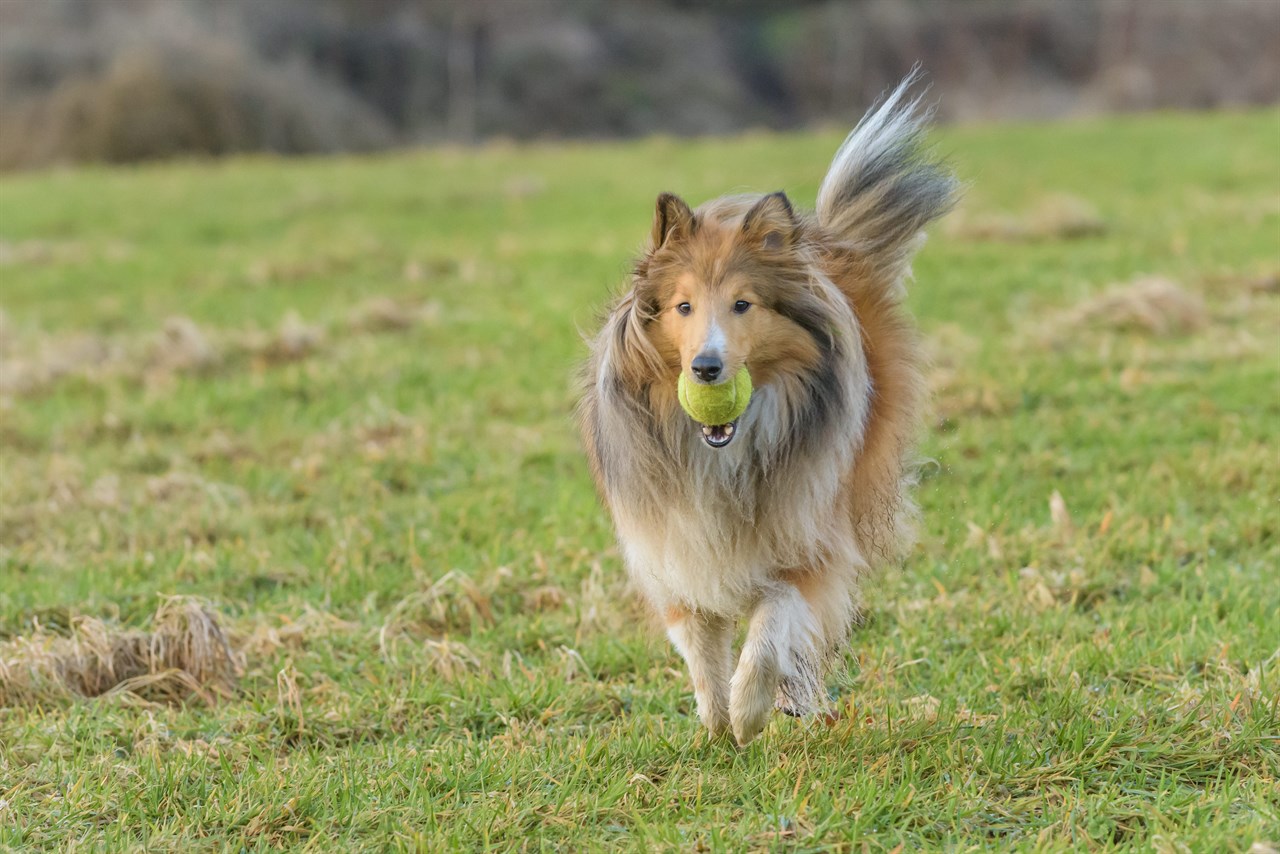Toilet Training the Shetland Sheepdog

Toilet training, often referred to as housebreaking or potty training, is a crucial aspect of raising a Shetland Sheepdog (Sheltie) or any dog breed. Shelties are known for their intelligence, which can work to your advantage when it comes to toilet training. Here are some tips and insights into toilet training a Sheltie.
Start Early
The key to successful potty training with Shelties, as with any dog, is to start early. Begin training as soon as you bring your Sheltie puppy home, typically around 8 to 12 weeks of age. Puppies have smaller bladders and need to relieve themselves more frequently, so be prepared for frequent bathroom breaks.
Establish a Routine
Consistency is crucial in toilet training. Set a regular schedule for feeding, watering, and bathroom breaks. Take your Sheltie puppy outside to the designated potty area after meals, when they wake up, and before bedtime. Praise and reward them when they eliminate in the right spot.
Supervision and Crating
Supervise your puppy closely when they are indoors. Keep an eye out for signs that they need to go, such as sniffing, circling, or whining. If you can't supervise, crate training can be a helpful tool. Most dogs instinctively avoid soiling their sleeping area, so a properly sized crate can discourage accidents.
Positive Reinforcement
Use positive reinforcement techniques when your Sheltie puppy eliminates in the correct spot. Reward them with praise, treats, and affection. Positive reinforcement helps them associate going outside with positive experiences.
Be Patient
Potty training can be a challenging process, and accidents are inevitable, especially in the early stages. It's essential to remain patient and avoid scolding or punishing your Sheltie for accidents. Negative reactions can create anxiety and hinder the training process.
Watch for Signals
Learn to recognise your Sheltie's signals when they need to go. Some dogs may scratch at the door, bark, or whine. Paying attention to these cues can help you take them outside promptly.
Consistent Commands
Use consistent verbal cues, such as "go potty" or "do your business," when your Sheltie is outside. Over time, they will associate these cues with the act of elimination.
Gradual Freedom
As your Sheltie puppy becomes more reliable with potty training, you can gradually give them more freedom indoors. Start by giving them access to one room at a time and monitor their behaviour. If they have accidents, consider limiting their access until they demonstrate consistent reliability.
Are Shelties easy to potty train?
Shelties are generally intelligent and eager to please, which can make them relatively easier to potty train compared to some other breeds. However, individual dogs may vary in their ease of training, and success depends on consistency, positive reinforcement, and the owner's commitment to the training process. Starting early and following a structured routine will greatly contribute to the success of potty training your Sheltie. Remember that patience, positive reinforcement, and a loving approach are key to achieving success in toilet training any dog.
Shetland Sheepdog puppies for sale
- Find Shetland Sheepdog puppies for sale in ACT
- Find Shetland Sheepdog puppies for sale in NSW
- Find Shetland Sheepdog puppies for sale in NT
- Find Shetland Sheepdog puppies for sale in QLD
- Find Shetland Sheepdog puppies for sale in SA
- Find Shetland Sheepdog puppies for sale in TAS
- Find Shetland Sheepdog puppies for sale in VIC
- Find Shetland Sheepdog puppies for sale in WA